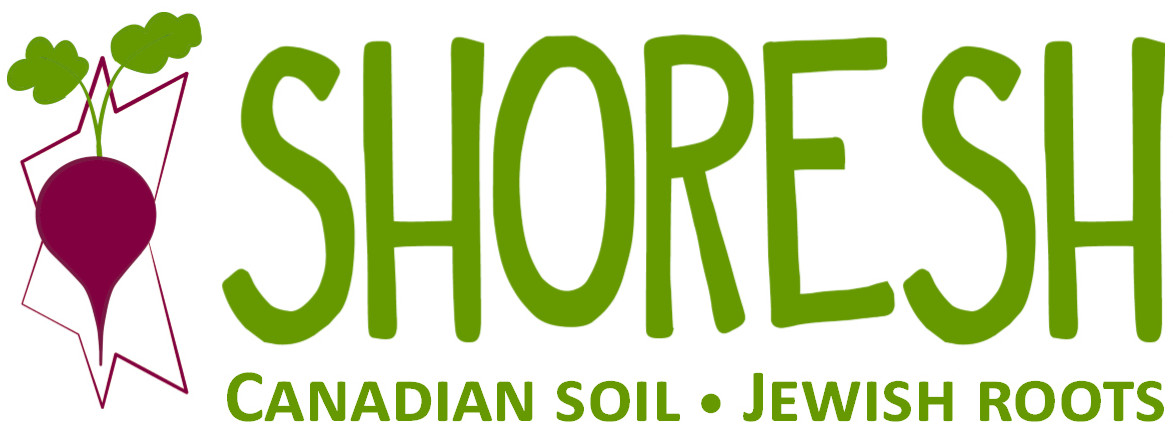By volunteer Blogger: Michael Mikhailovsky
The Festival of Chanukah celebrates the rededication of the Jewish Temple in 165 B.C.E., after
the Greek occupation of the land of Israel. There were two Temples for Jewish people in
Jerusalem in ancient Israel. The first Temple was destroyed by the Babylonians in 586 B.C.E.
History
The story of Chanukah took place during the Second Temple period, centuries after the second
Temple was built. The ancient Greeks forced Greek culture on the Israelites, not respecting the
Jews’ right to be different. They wanted to put a Greek idol in the Jewish Temple and ban Jewish
traditions like Shabbat and a newborn boy’s bris. A Jewish priest named Mattathias organized
his five sons, Judah, John, Shimeon, Eleazar, and Yonatan in a war against the Greeks. Judah,
the strongest of the brothers, was given the name Judah Maccabee to reflect his strength as the
name “Maccabee” comes from the Hebrew word for “hammer”. Judah Maccabee and his four
brothers, together with their father, fought against a much larger number of Greek soldiers, but
they won. After the victory the Jews were able to resume their traditional practices and services
at the Temple. Before the war, a menorah in the Temple was lit using oil as part of the services.
After the war, only one small pot of olive oil was found in the Temple during its cleaning, but by
a miracle, it lasted eight days, and that is why the festival lasts eight days and why we light
candles on a Chanukah menorah called a chanukiyah. That is also why Chanukah is called the
Festival of Lights.
Rituals
Each evening during the holiday we light one candle to represent each night, (one candle for the
first night, two candles for the second night, etc.) together with the shamash, “servant” or
lighting candle, which is used to light the other candles in a chanukiyah. A total of nine candles
are lit on the last evening of the festival, including one shamash, or lighting candle. This is also
why foods fried in olive oil, such as potato latkes (pancakes) and sufganyot (jelly donuts) are
traditionally eaten during this holiday. Children are given coins (gelt), sometimes made out of
chocolate as gifts. Other presents are also given on Chanukah.
A small four-sided top called a dreidel in Yiddish (sivivon in Hebrew) is spun as a game during
the holiday of Chanukah. Each side has a Hebrew letter painted on it—Nun, Gimel, Hay, and
Shin (the letter Pay in Israel). The letters stand for the words Nays Gadol Haya Sham (Po)—A
Great Miracle Happened There (Here). This holiday celebrates religious freedom. The lights of
Chanukah help to shine away the darkness of winter.
Oil, Sustainability and Jewish Wisdom
The oil in the Chanukah story miraculously produced light for eight days, which raises the vital issue of using our natural resources wisely and not being wasteful. Our natural resources are valuable, priceless and sadly running out. We should not waste and we should only use what we need if we want to ensure that we have natural resources in our future.
The miracle of the one pure pot of oil that was found during the cleaning of the Temple, and its light lasting eight days, is also a parallel to environmental issues in modern times: energy conservation, and the conservation of natural resources.
This year, bring sustainable action into your Chanukah celebration:
- Make organic latkes—made from organic potatoes, organic onions, organic olive oil, all natural organic sour cream;
- Use environmentally sustainable candles made of beeswax or olive oil*;
- Gift your family and friends with Shoresh’s pure honey and beeswax candles promote sustainable beekeeping;
- Use reusable gift bags;
- Consider making a donation to a charitable organization;
- Make or purchase Chanukah menorahs made from recycled material; to save paper, buy or make recyclable Chanukah greeting cards; use recyclable, reusable, or compostable dishes, tablecloths, and napkins.
Wishing you a happy Chanukah!
*Scientists have proven that growing olive trees is beneficial for the environment. The trees improve biodiversity, the variety of life on our planet. The trees benefit the soil—they function as “carbon sinks”—removing carbon dioxide from the atmosphere and securing it in the soil—aiding the process of photosynthesis which produces oxygen and clean air and ultimately a cleaner environment. There is too much carbon dioxide caused by human-made pollution. Olive trees are beneficial to the desert they grow in, both in Israel and other parts of the
world—limiting desertification and wind and soil erosion. Olive trees also grow in the Mediterranean, Spain, Portugal, Italy, Greece, Turkey, Argentina, Chile, Arizona and California.
Olive oil benefits human health and the environment and organic olive oil production is ideal. Industrial, non-organic olive oil production lacks biodiversity and depletes the soil. It generates 30 million square metres of waste water per year. Nitrogen and phosphates pollute the water. The soil becomes acidic. Less sustainable oils are mixed with cheaper and less healthy oils in production. Harvesting machines emit carbon dioxide, but with proper agricultural practices olive oil production can limit greenhouse gas emissions. Organic farms use harvesting machinesthat run on plant-based biofuels. Alternatively, if the orchard is small, the farmers can pick the
olives by hand.

